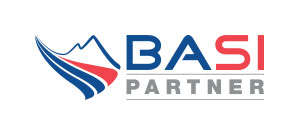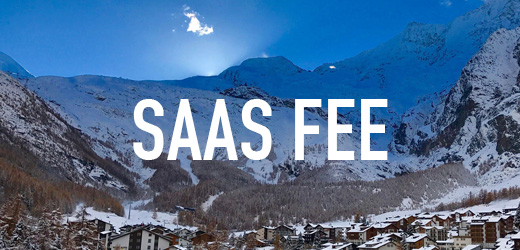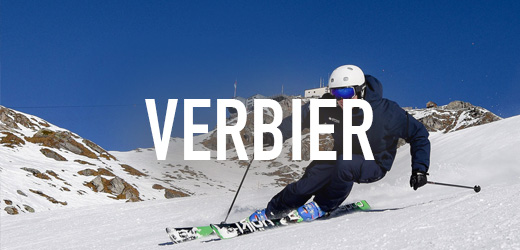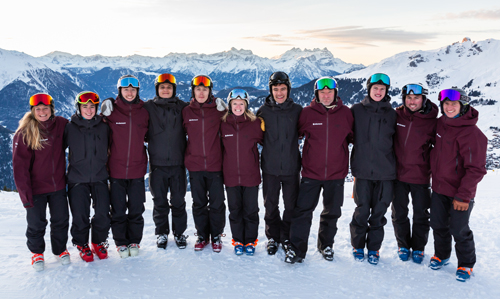EQUIPMENT ADVICE: SKIS & BOOTS 2020 – 2021
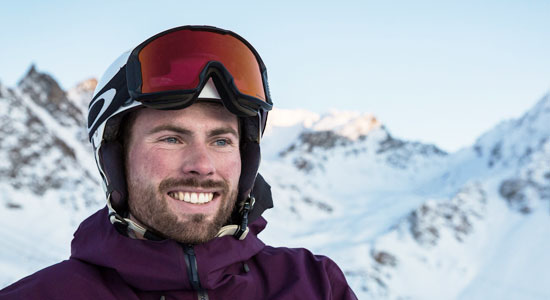
Will Peek has taken an expert look at the best skis and boots for 2020 2021, so you can understand what you need for your course and also get to grips with the criteria for choosing your next skis and boots.
Not only is Will a Peak Leaders Coach and BASI examiner, he also runs a ski shop so he knows the kit and the exam requirements inside out – and he knows which of next year’s kit will be best for your BASI exams.
THE RIGHT TOOL FOR THE JOB
As you may have already seen, we have previously posted blogs on the importance of arriving on your Peak Leaders GAP course with the correct equipment to set you up for BASI exam success.
The importance of suitable skis and boots cannot be emphasised enough – the right kit can make all the difference, whilst the wrong kit can really hold you back.
So we urge all our trainees to check their current equipment will be up to scratch and, if buying new, blogs like this one will help navigate the range of skis and boots out there.
If you haven’t read our previous blogs on boots and skis, then first we need to explain why this is so important (it’s also well worth reading the old blogs for more information – tou can never know too much about your kit…).
YOUR KIT MAKES A HUGE DIFFERENCE
As part of the Peak Leaders GAP course you will have to sit two exams: the BASI level 1 and level 2. Both of these require a good level of skiing performance within certain criteria.
The examiners will ask you to ski performance short turns and long turns in the BASI Level 1, whilst in the BASI 2 you will also showing accuracy and control in bumps and variable snow conditions as well as taking your short and long turns on piste to the next level.
For many, this can be a real challenge and there is nothing worse than feeling like your equipment is holding you back or making you life harder. Using the correct equipment will facilitate your training progress but also make it much easier to meet the exam criteria!
Read on for our advice on skis and boots that we recommend from the top ski brands.
All of these products will be suitable for the course, but this is by no means an exhaustive list – if you are not sure if something will be suitable then just get in touch and ask us!
SKIS
Our recommendation is that skis should be between chin and head height (this is a rough guide), no more than 80mm wide underfoot (the narrowest point of the ski) but ideally nearer to 70-75mm. They must also be a piste ski, with a turn radius in the region of 15m.
Normally I have the opportunity to try out all of these skis at the annual ski test in, however this year it was not possible due to resort closures.
However, I have tested previous editions of these skis in previous seasons at ski tests so we know what to expect from the latest versions.
So here are four skis that would be a good choice for a ski instructor training course.
Dynastar Speedzone 12 Ti:

This is ski is unchanged for this season as they run on a two year cycle, it was very successful last year and we had many trainees enjoying this ski.
It is well priced and fits perfectly within the criteria set out for a BASI level 1 or 2 course.
Also, if you want to keep the cost down, there is a slightly cheaper/softer option called the Speedzone 10, more suitable for lighter weight skiers.
However, if you may have ambitions to take your skiing further after the GAP course, onto level 3 training perhaps, then the 12 is the way to go.
Dynastar also offer a ladies equivalent ski called the Intense 12 ti.
Head Supershape E-Speed / E-Magnum:

This ski has been revamped a bit for next season, with a new technology aimed at dampening vibration to make the ski feel super smooth.
I’m never a huge believer in these gimmicks, but I love this ski and it is a great option for our courses.
There is a whole range, with different widths underfoot, but my recommendation would be to go with either the E-Speed or E-Magnum which are at the narrower end of the range.
The wider Titan and Rally are a little more all mountain, but I am not such a fan as the big tip on them feels a bit hooky.
This ski also has the potential to take you further beyond level 2 and into level 3 training.
Rossignol React R10 / R8:

This is another nice option, which fits nicely inside the criteria we set out for these courses.
It’s another ski that has been a popular option amongst our trainees. Some previous trainees have been tempted by the Experience ski from Rossignol, but my advice would be to steer towards the React, as this is a more piste focussed option which you will be thankful for when the exam weeks come around.
The R8 is a slightly cheaper and softer version, so better for people who are lighter weight and/or know they won’t be keen to train beyond level 2.
Völkl Deacon 74/76:

This has been a very popular ski for a number of years now, Völkl are always on the more expensive side, but very well made and therefore the longevity is really strong.
Another brand guilty of adding gimmicks, with their UVO dampening system on the tip, I’m unconvinced but they seem to believe in it and are using it on all their piste skis.
The Deacon is quite a big range, so make sure you stick to either the 74 or 76 versions, the Pro version is best avoided as it won’t be very forgiving unless you are a much heavier build.
BOOTS:
Boots are always a tricky one and I am always hesitant about giving too definitive advice on which boots to buy via a blog online.
The fit is obviously extremely important and we therefore highly recommend you visit a reputable ski shop who can assess your feet and perform a proper boot fitting. However I still have some advice to give…
Make sure you tell the boot fitter about the course you are attending and tell them roughly what you are looking for in a boot (don’t worry, I’m about to tell you that bit!).
I would also recommend you look at custom footbeds with them as you will be spending a huge amount of time in your boots and you need the fit to be accurate as well as comfortable.
So generally speaking we recommend a piste performance ski boot (but not a race boot).
You could use a hybrid piste/freeride boot with a walk mode, but it is less than ideal as they tend to be a bit softer than they say and a bit too upright in the ankle.
You will also want to give a guide to the boot fitter on the flex rating you are looking for. It does depend on weight and height but generally speaking, women tend to go into a 80-100 flex and men tend to go for 100-120.
Every brand has a slightly different fit, so it is best that the boot fitter assesses your foot shape and size and chooses a boot that matches this, plus the criteria I have set out above.
Finally, if you are booked on to our course in Saas Fee, we highly recommend a boot bag/rucksack. That’s because in Saas Fee we put our boots on once we reach the glacier, rather than down in town.
So a good sized boot bag is invaluable for the trip to and from the slopes.

